The Capped Heron (Pilherodius pileatus) is a unique and visually striking bird found in the tropical regions of Central and South America. This heron is easily recognizable by its creamy white body, sky-blue face, and, most notably, its black “cap” on the top of its head, which gives the species its name. The Capped Heron also has a long, slender neck and a straight, sharp bill, which it uses to catch its prey.

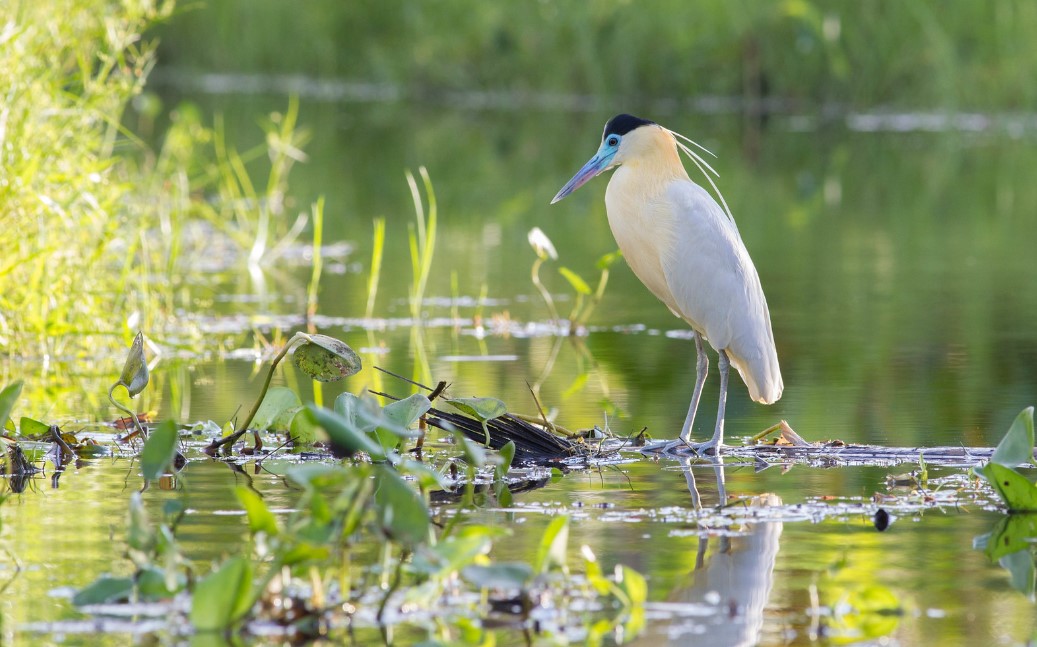
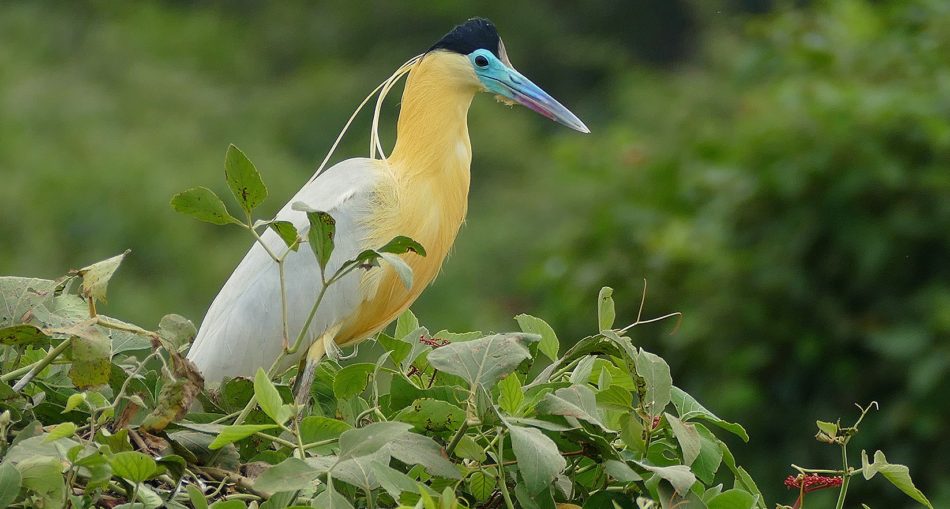
These birds inhabit freshwater environments such as rivers, lakes, swamps, and marshes, where they forage for fish, amphibians, and insects. The Capped Heron is known for its solitary nature, often seen alone or in small groups as it silently stalks its prey in the shallow waters.
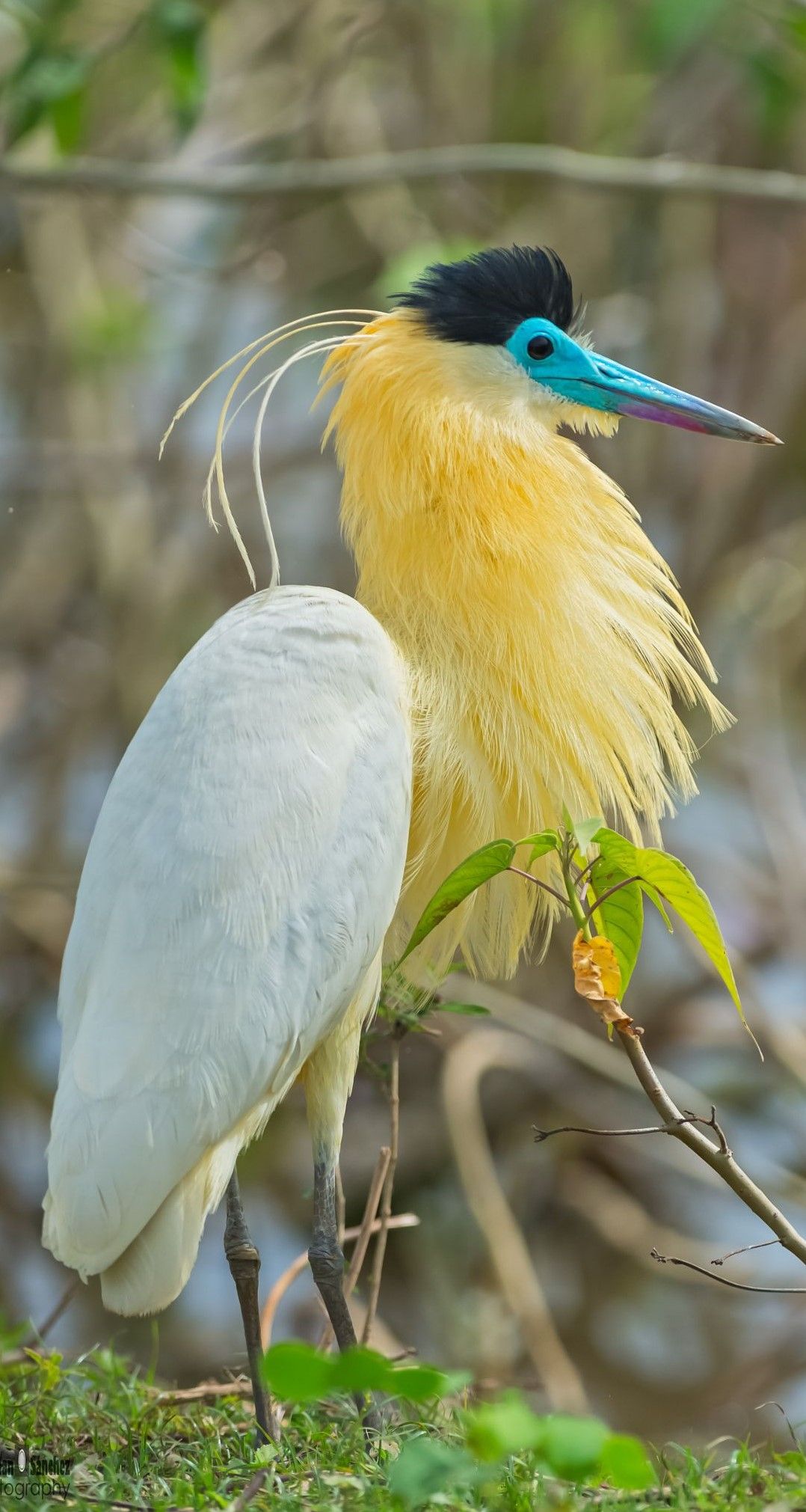
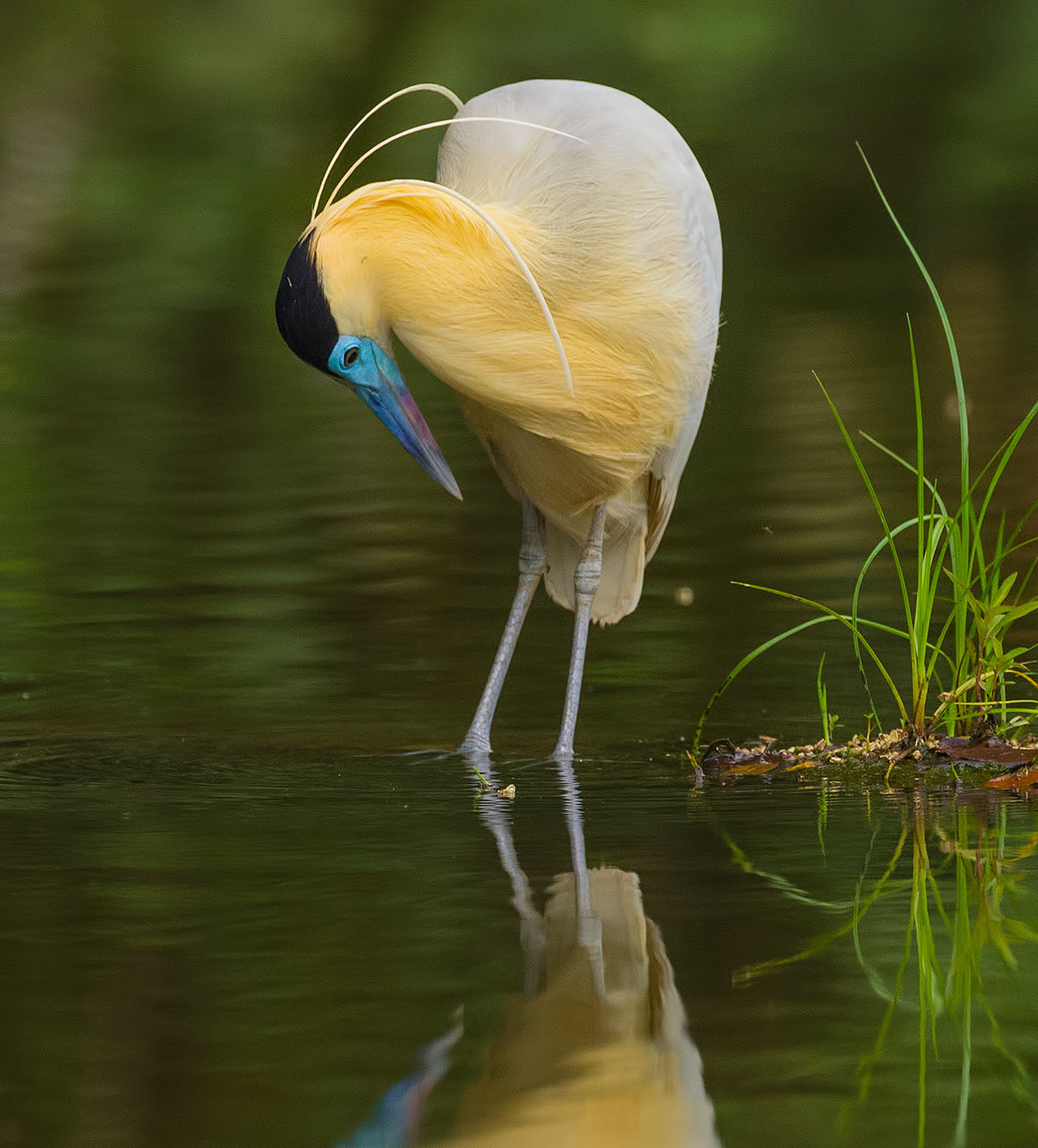
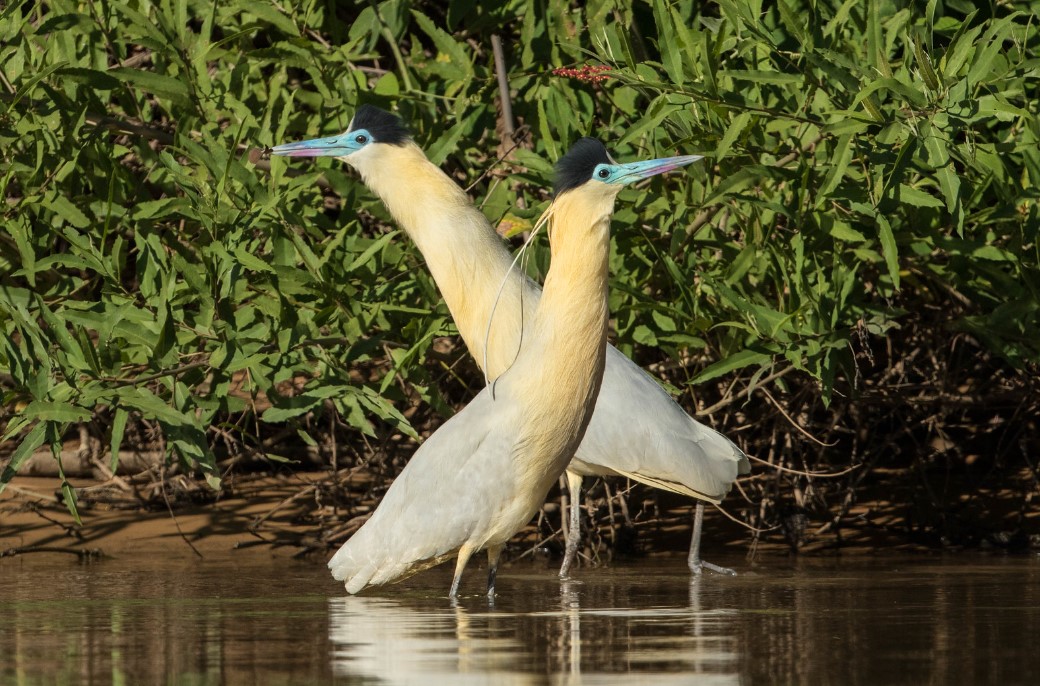
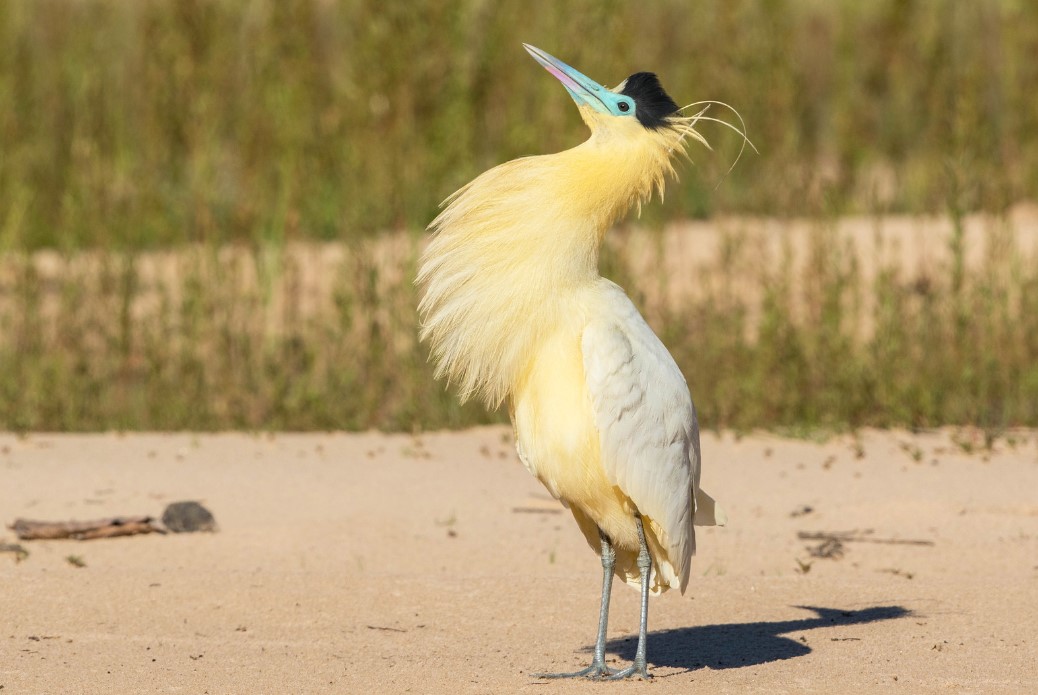
Unlike many other heron species, the Capped Heron is relatively quiet and less vocal, making it a more elusive presence in its natural habitat. Its distinct coloration and elegant appearance make it a favorite among birdwatchers and photographers. Although not currently considered threatened, the Capped Heron’s reliance on specific wetland habitats makes it vulnerable to habitat loss due to deforestation and human encroachment. Conservation of its natural environment is crucial to ensure the survival of this striking species.